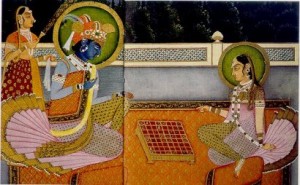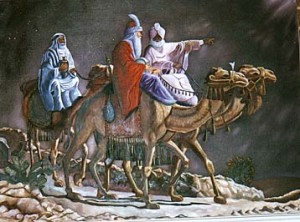About A year ago I was writing a strategy for a company. Suddenly I got the idea I was writing something I had already written a long time ago. I got the feeling that “History was repeating itself”.
I started to investigate and suddenly I found a Pattern. The pattern I found was the Kondratiev Cycle.
Behind the Kondratiev Cycle another pattern appeared. Kondratiev related the cycle already to the Seasons. The Seasons where at time also a subject I was investigating.
I was very interested in Acupuncture and Chinese Philosophy. I already found a mapping of the World Views to the Seasons and the theory of narratives of Bahktin. With ease I could translated the themes of the Kondratiev Cycle to Major Narratives. I made a picture and started to calibrate. The dates I found where significant.
Another insight appeared when I started to have a look at the website of The Cycles Research Institute. This Institute has gathered a immense amount of data about cycles.
The most interesting document was a document of the Founder of the Institute (Dewey) where he tried to explain strange relationships between cycles that were “independent”. What he found was something he called Harmonics. Harmonics are created when waves are entangeld. They can be compared to overtones in Music.
The last and most dramatic insight came from Ray Tomes. He found a pattern behind the pattern of the harmonics Dewey discovered. This is his main conclusion “The Universe consists of a standing wave which develops harmonically related standing waves and each of these does the same“.
If you are interested in Religion you will you notice that he is writing a very old “mystical” statement. He is writing about what people in India call The Svara.
“The proper translation of the word Svara is the current of life-wave. It is that wavy motion which is the cause of the evolution of cosmic undifferentiated matter into the differentiated universe, and the involution of this into the primary state of non-differentiation, and so on, inand out, for ever and ever. The Svara is the manifestation of the impression on matter of that power which in man is known to us as the power which knows itself“.
The pattern behind “History Repeating itself” was the Current of Life Wave.
What I also found out is that the numbers behind the pattern were related to multiples of 5. I started to calculate “Important dates” and “Major Overtones (Harmonics)” and went back as far as 5000 BC. The pattern fitted. I was completely overwhelmed by the regularity of the clocks and the many levels that were in Motion. The Universe was playing Music, The Music of the Spheres.
The last thing I did was to use the pattern and move forwards in Time. I found a remarkable date (2012). It was the date where many many cycles of history would harmonize (A major conjunction) and “start to swing back“. At that time I did not know about the predictions of the Maya’s and others. I learnt about that a year later.
I can tell you one thing.
Prepare yourself for a very spectaculair time ahead.
Nothing will stay the same.
 I want to tell you something about Games. What I want to show is that behind many Games there is a simple structure.
I want to tell you something about Games. What I want to show is that behind many Games there is a simple structure. It does not want his Expectations of the Future to Fail. The Fear to Lose Control changed the many Games Levels into one level of Play.
It does not want his Expectations of the Future to Fail. The Fear to Lose Control changed the many Games Levels into one level of Play. A part of the History of Christianity can be traced back to the
A part of the History of Christianity can be traced back to the 